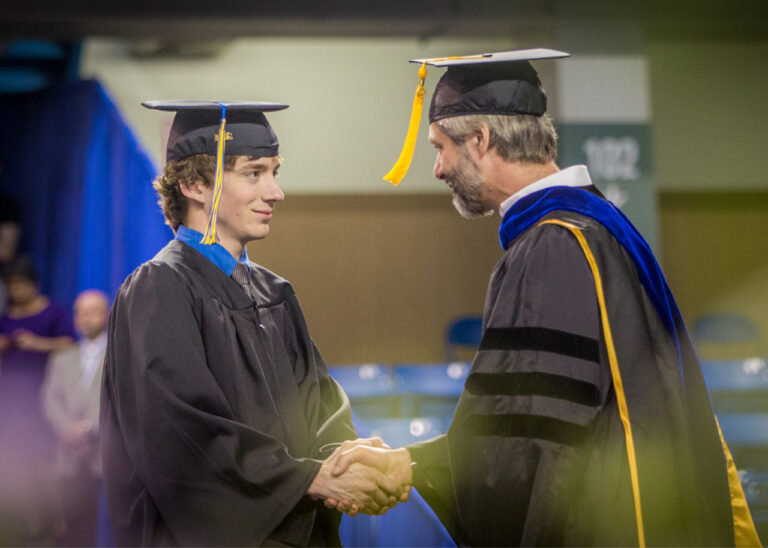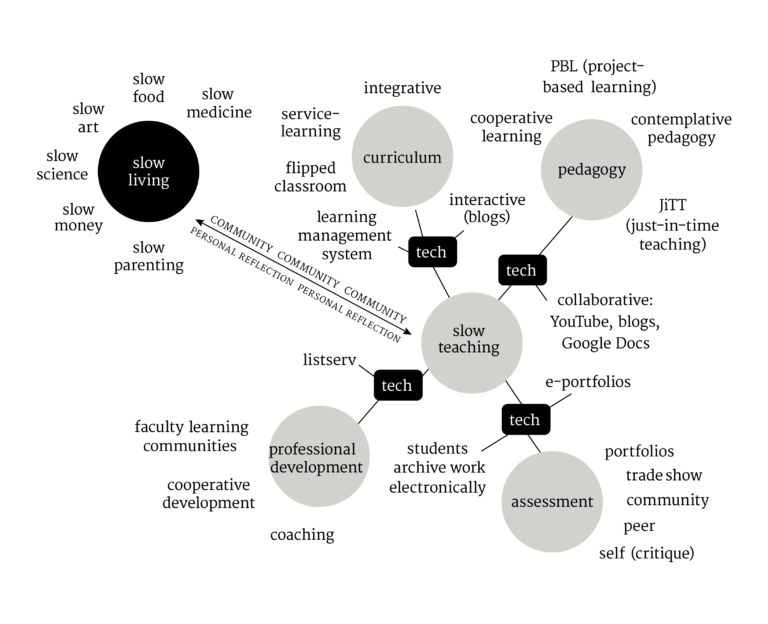Proactive Measures to Help Students with Post-COVID Mental Health Issues

Four years after the COVID-19 pandemic began, there has been a massive increase in students requesting disability accommodations. Explore the data behind this trend, and learn what the UAF Disability Services office recommends to make your class more accessible.










